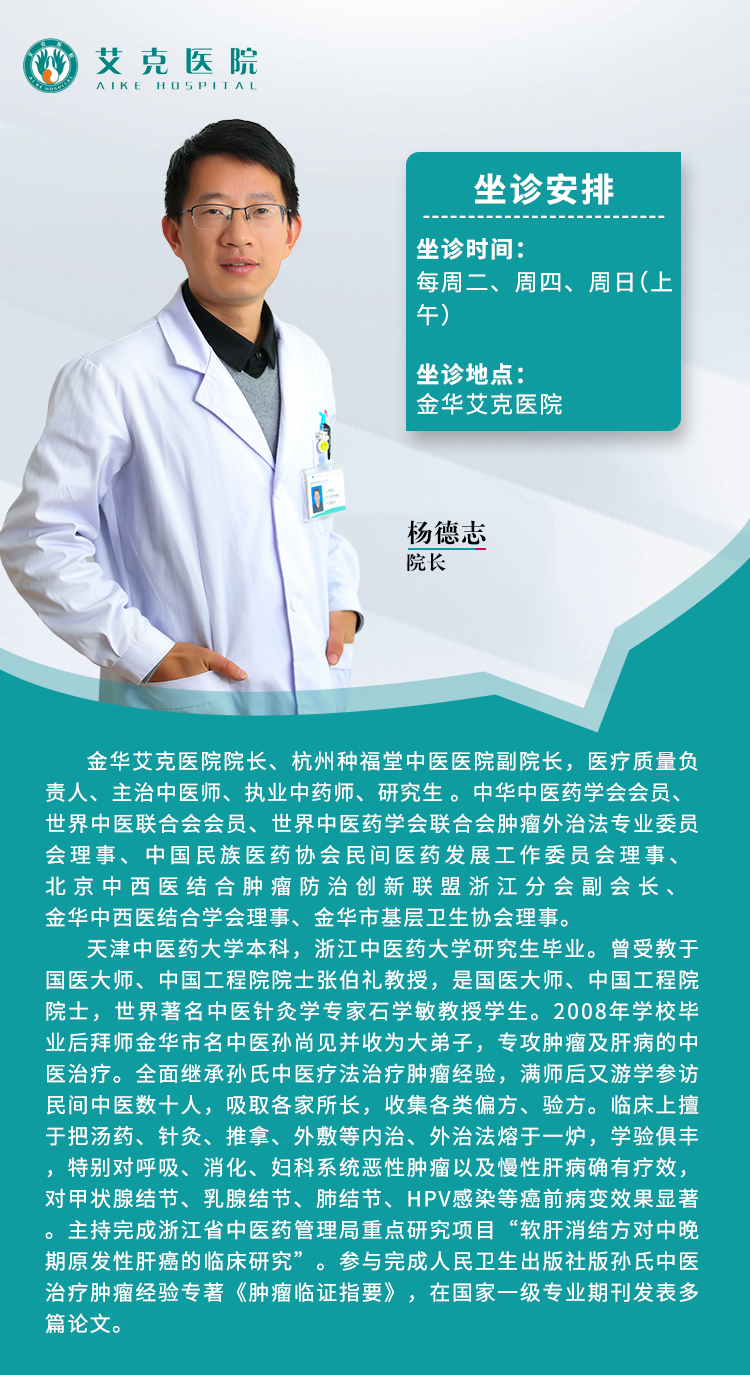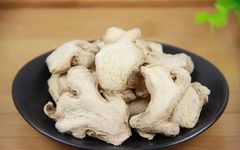
In Traditional Chinese Medicine (TCM), ginger is generally classified into two types: Sheng Jiang (Fresh Ginger) and Gan Jiang (Dried Ginger). The use of these two forms in TCM formulas is very specific; certain formulas can only use dried ginger, while others can only use fresh ginger, and they cannot be interchanged. So, what are the differences between fresh ginger and dried ginger?


Is Dried Ginger Simply Sun-Dried Fresh Ginger?

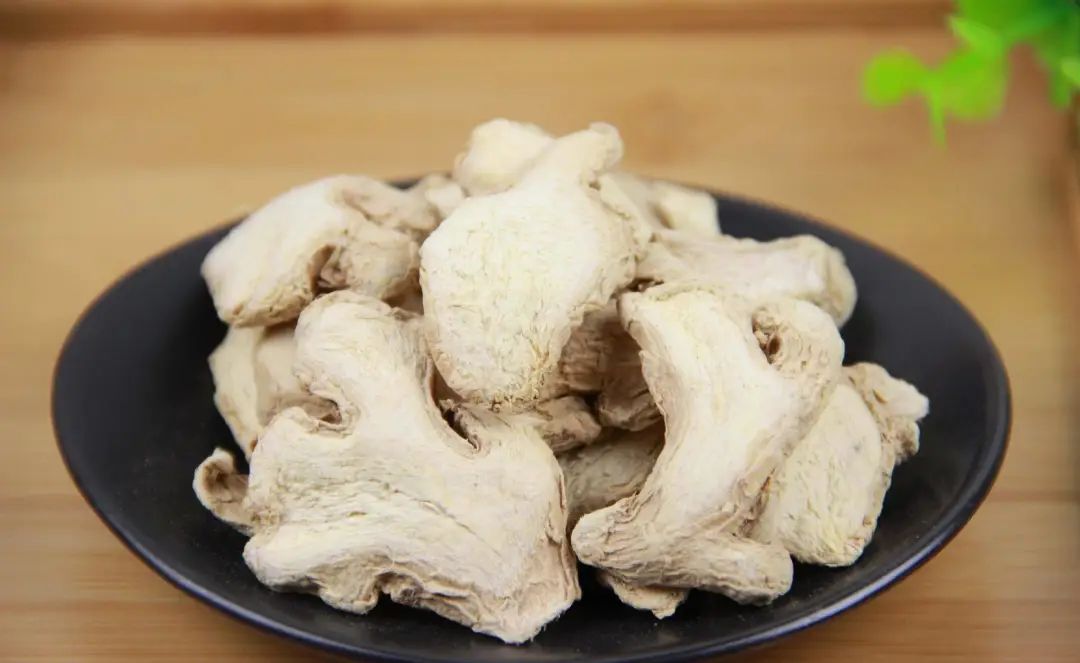
According to the records of Qing Dynasty physician Zou Shu (1790-1845), “Ginger grows in the middle of summer, influenced by the heat to move, and the earth’s energy to flourish, nurturing the metal energy until the dryness arrives, and then the energy is complete, and the use is appropriate. Depending on the harvesting method and the season, there is a distinction between fresh ginger and dried ginger, and their inherent properties are also different.”
Therefore, strictly speaking, Dried Ginger is not simply sun-dried Fresh Ginger, but also involves different harvesting methods and seasonal factors; it cannot be generalized that dried ginger is merely the dried form of fresh ginger.
Mr. Zou also pointed out that dried ginger has a “spicy, warm, and hot nature, non-toxic, and is used for chest fullness, cough with reversed qi, warming the middle, and stopping bleeding”; while fresh ginger is used for “sweating, expelling wind-dampness, diarrhea, and dysentery.”
The Sheng Ji Bing Lu (Classic of Famous Physicians) also records the medicinal properties of these two herbs differently, stating that dried ginger treats cold abdominal pain, food poisoning, cholera, fullness, and stops spitting blood, while fresh ginger treats exogenous cold, headache, nasal congestion, cough with reversed qi, and stops vomiting. This indicates that their therapeutic uses are different.

Fresh Ginger


Fresh ginger is more commonly sold in the market; it is harvested after one year of growth. Fresh ginger has a direct and spicy flavor, with a strong dispersing effect, exhibiting properties of warming the exterior, stopping vomiting, warming the middle, transforming phlegm, and detoxifying fish and crab poison. It is particularly effective in reducing fever, stopping vomiting, and detoxifying. Therefore, in clinical practice, fresh ginger is primarily used to treat colds caused by wind-cold, headaches, nasal congestion, fatigue in the limbs, and fever with cough.
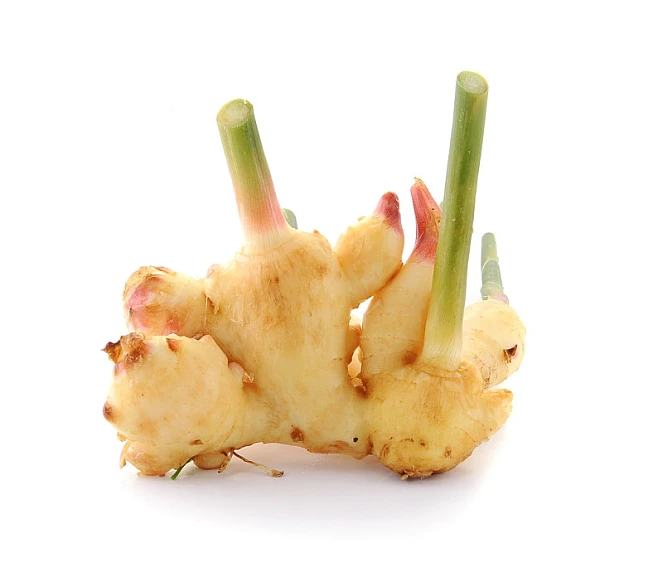
One representative formula using fresh ginger as the chief herb is Wu Zhu Yu Tang (Evodia Decoction). The main ingredients of Wu Zhu Yu Tang include Wu Zhu Yu (Evodia fruit), Ren Shen (Ginseng), and Sheng Jiang (Fresh Ginger). This formula is used to treat chronic gastritis, pregnancy-related vomiting, neurogenic vomiting, and neurogenic headaches related to phlegm-dampness. This formula is spicy, warm, and sweet; it is not suitable for patients with heat-type vomiting, headaches, or abdominal pain.


Dried Ginger

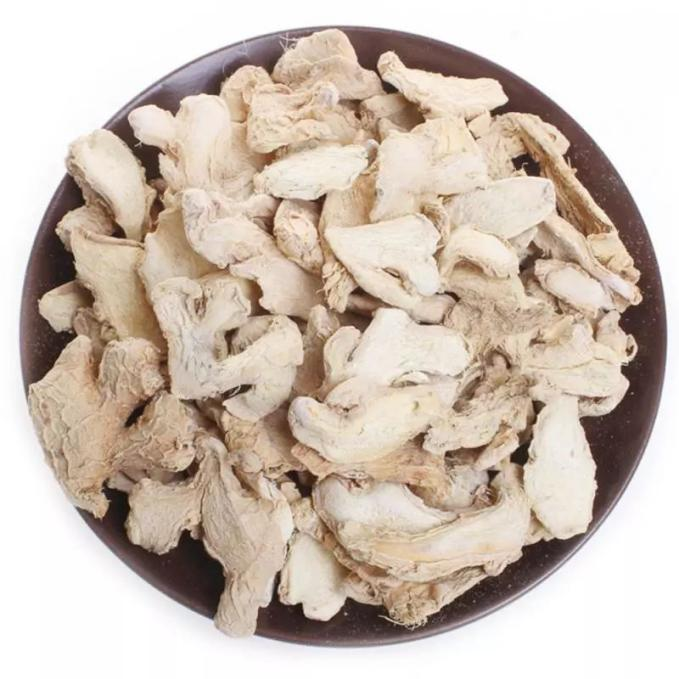
Dried ginger, also known as Mu Jiang (Mother Ginger), is less commonly seen in the market and is usually ginger that has sprouted twice and grown for three years. Dried ginger has a more robust aroma, focusing on warming properties. If we compare fresh ginger to a fierce fire, then dried ginger is like charcoal that does not show flames but can heat slowly without losing moisture as intensely.
Dried ginger has properties of spicy heat, warming the middle, dispersing cold, reviving yang, and warming the lungs to transform fluids. It is particularly effective in warming the stomach and unblocking the meridians. Therefore, in clinical practice, it is mainly used to treat spleen and stomach deficiency-cold, yang collapse, cold extremities, and cough with wheezing.
For example, there is a formula used for emergency treatment and severe illnesses called Si Ni Tang (Frigid Extremities Decoction), which is based on Fu Zi (Aconite), dried ginger, and Gan Cao (Licorice).
Regardless of whether in the south or north, elderly individuals over sixty can use Si Ni Tang as a health supplement. In the Shang Han Lun (Treatise on Cold Damage), the formula that most helps yang qi is Si Ni Tang, and long-term use can eliminate accumulated “six evils” from the outside and some internal cold evils; it can adjust the original yang to prevent damage; it can promote longevity.
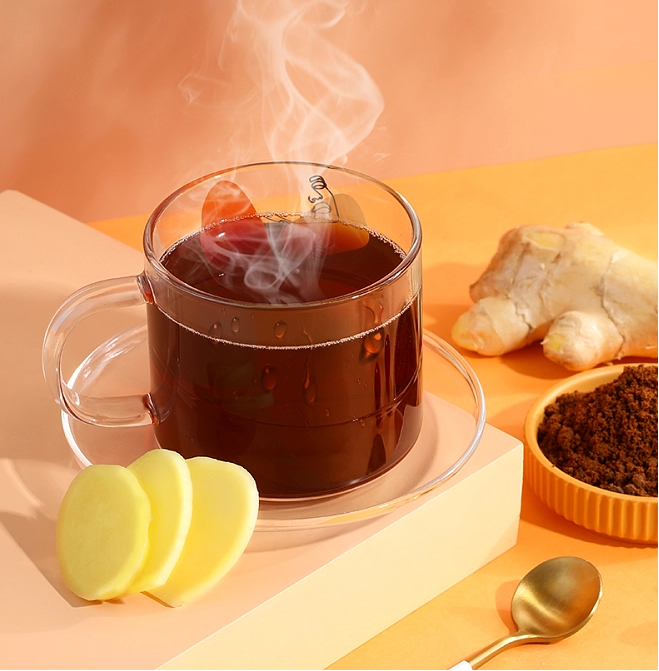

Fresh ginger and dried ginger have vastly different medicinal properties and effects; one should not casually interchange them based on personal opinions. The consequences of improper treatment can be minor, but they can also lead to significant complications.
TCM emphasizes a holistic perspective, syndrome differentiation, and treatment based on the nature and flavor of each herb. Each herb must be carefully considered and paired for optimal therapeutic effects.

Appointment Method
Scroll to the end of the article, click “Send Message“, and send “Patient Name + Contact Number“; a staff member will contact you. Note: Each expert has a limited number of consultation slots per day, and appointments are on a first-come, first-served basis. For details, please call or visit the hospital for appointment/inquiry.
Jinhua Aike Hospital:
Address: 328 Anwen Road, Jinpan Development Zone, Jinhua City
Phone: 0579-82235120
Previous Articles
⊙ Understanding Ginger: The Clever Pairing of Chinese Herbs is Like a Divine Medicine ⊙ There is a Natural “Anti-Inflammatory” for Tumor Patients that Can Clear the Three Jiao Fire ⊙ Chinese Medicine for Tumors: Centipedes, Leeches, and Beehives… All Good Medicines When Used Correctly! ⊙ Discussing the Chinese Medicine for Tumors: Cicada Slough During the Cicada’s Singing Season! ⊙ Common Plantain, Surprisingly a Summer Cooling Artifact Follow our public account for more articles…
Expert Introduction
